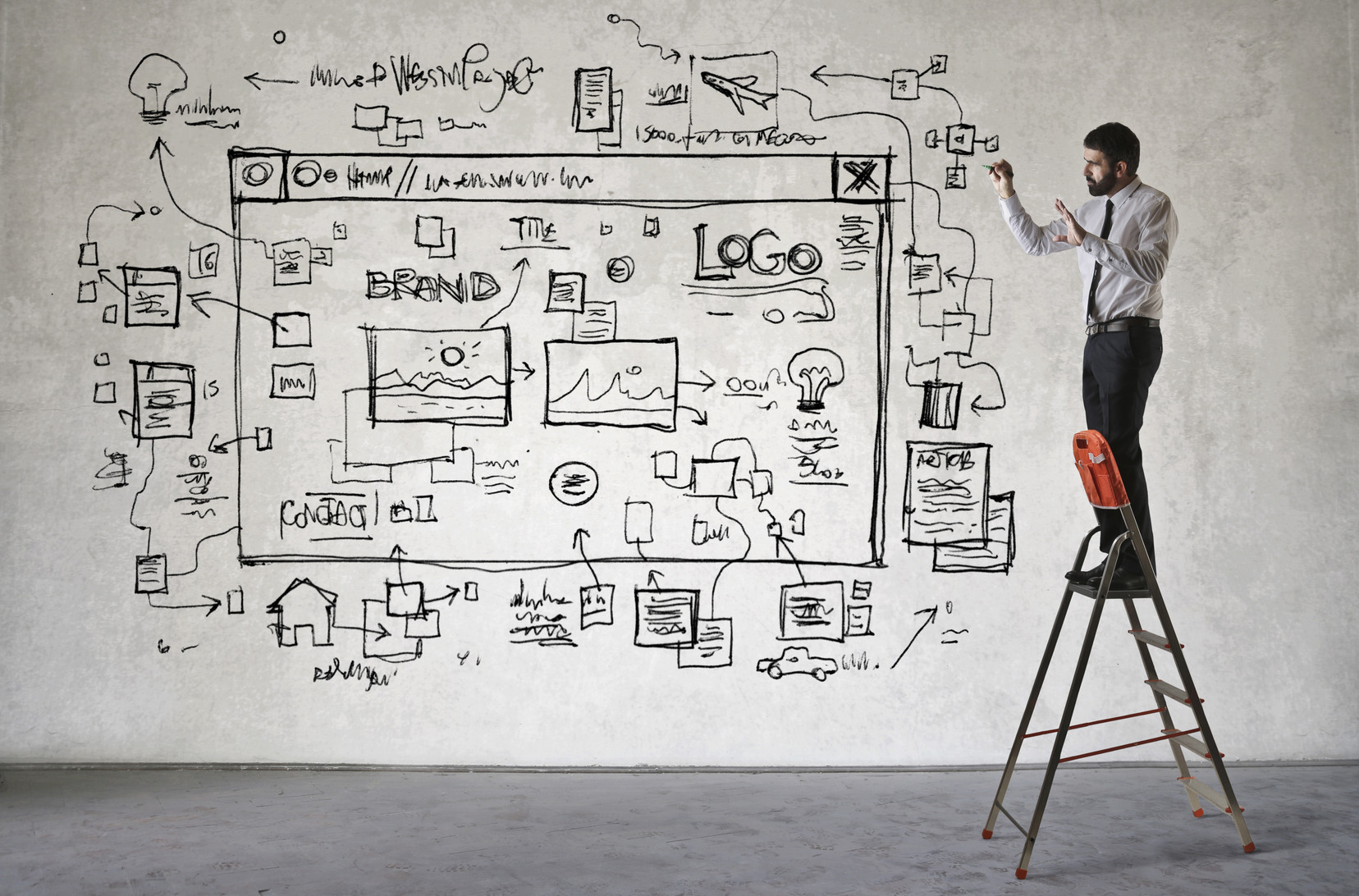When was the last time you were on a really bad public website? You probably remember it clearly because of how frustrating an experience it was. As a result, a lot of government agencies have worked to provide a better user experience on their online platforms. Whether it is going mobile, consolidation, or more concise content, most public sector organizations can benefit from modernization efforts.
In this month’s DorobekINSIDER Live, “How to Make State and Local Government Work More Effectively,” GovLoop’s Emily Jarvis sat down with Nikhil Deshpande, Director at GeorgiaGov Interactive and Warren Kagarise, Communications Coordinator in the City of Issaquah, WA to discuss what is going on at the state and local level to foster efficiency.
Georgia’s Digital Transformation
At the state level, Georgia has consolidated their web services into one platform. Deshpande and his team architected the platform to allow for each of the 80 agencies using it to have a unique mission driven website. While each agency is responsible for its own content, GeorgiaGov Interactive maintains the overall platform. “We curate the content on GeorgiaGov and ensure that it is representative of the state and is user-centric and transparent,” Deshpande explained. “Additionally, we maintain other channels of customer service through other social media platforms.”
City of Issaquah’s Consolidation Efforts
Taking things down to the local level, the City of Issaquah recently consolidated all IT operations in their communications office. What is unique about Issaquah’s modernization process is that they only have one social media account for the entire city rather than having multiple ones for each department. “As a citizen, you oftentimes don’t know who or what department in the city handles the issue you are having, we wanted to reduce this confusion by developing a one stop customer service shop in the website and social media account,” Kagarise explained. This allows the communications department to more efficiently engage citizens and enhance responsiveness to customers.
At both the state and local level, the speakers reached a consensus on a few issues key to enhancing state and local government:
How to please end users. In order to provide a satisfactory experience for end users, you have to know who they are and what they want. “Not only do we want to provide a platform that is user friendly and allows end users to easily locate the content and services they are look for, but we also want to follow the trail that end users leave for us,” Deshpande explained. The ability to pick up patterns from user data allows back end employees to understand the user base and how they are making decisions. This allows you to understand how people are using services so you can adapt to serve them best.
How to incorporate vendors. While not all state and local governments use vendors, they are often necessary to take the workload off of public IT employees. “We used to be an all internal shop but about six years ago we realized it was almost impossible to rely completely on internal employees to build platforms and websites because they have their own workloads,” Deshpande explained. However, when bringing in vendors, state and local governments must be mindful that the relationship is mutually beneficial. Kagarise explained, “the best way to incorporate vendors is to make sure their contribution is reflecting the community, they value what customers want, and they are able to work within existing programs and make their contributions unique and organic.”
How to efficiently utilize mobile. While the majority of citizens view public content on mobile devices, many agencies don’t have the capacity to engage users on mobile platforms. “In order to cater to mobile users we are evolving the nature of our content to include things like captions in videos, information that doesn’t get swallowed by the Facebook algorithm, and infographics for Twitter,” Kagarise explained. Additionally, IT and communications departments must work across agencies to make their content mobile friendly. Deshpande emphasized, “we had to strike a balance between producing the content that agencies wanted to produce and keeping the message clear on a mobile device.”
Looking forward, neither of the speakers has any plans to stop modernizing. Whether it’s opening up data or exploring IoT, state and local governments have a bright and innovative future in the years to come. However, at the core of innovation will always be the user. Kagarise concluded, “overall we want to continue exploring the best ways to engage across the community and make our interactions with them as valuable as possible.”
Still have questions? Listen to the full online training here and check out GovLoop’s recent state and local workforce guide here.










Leave a Reply
You must be logged in to post a comment.